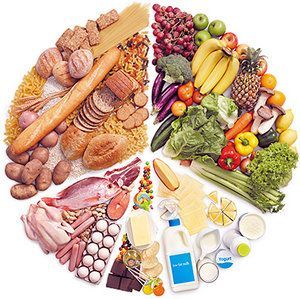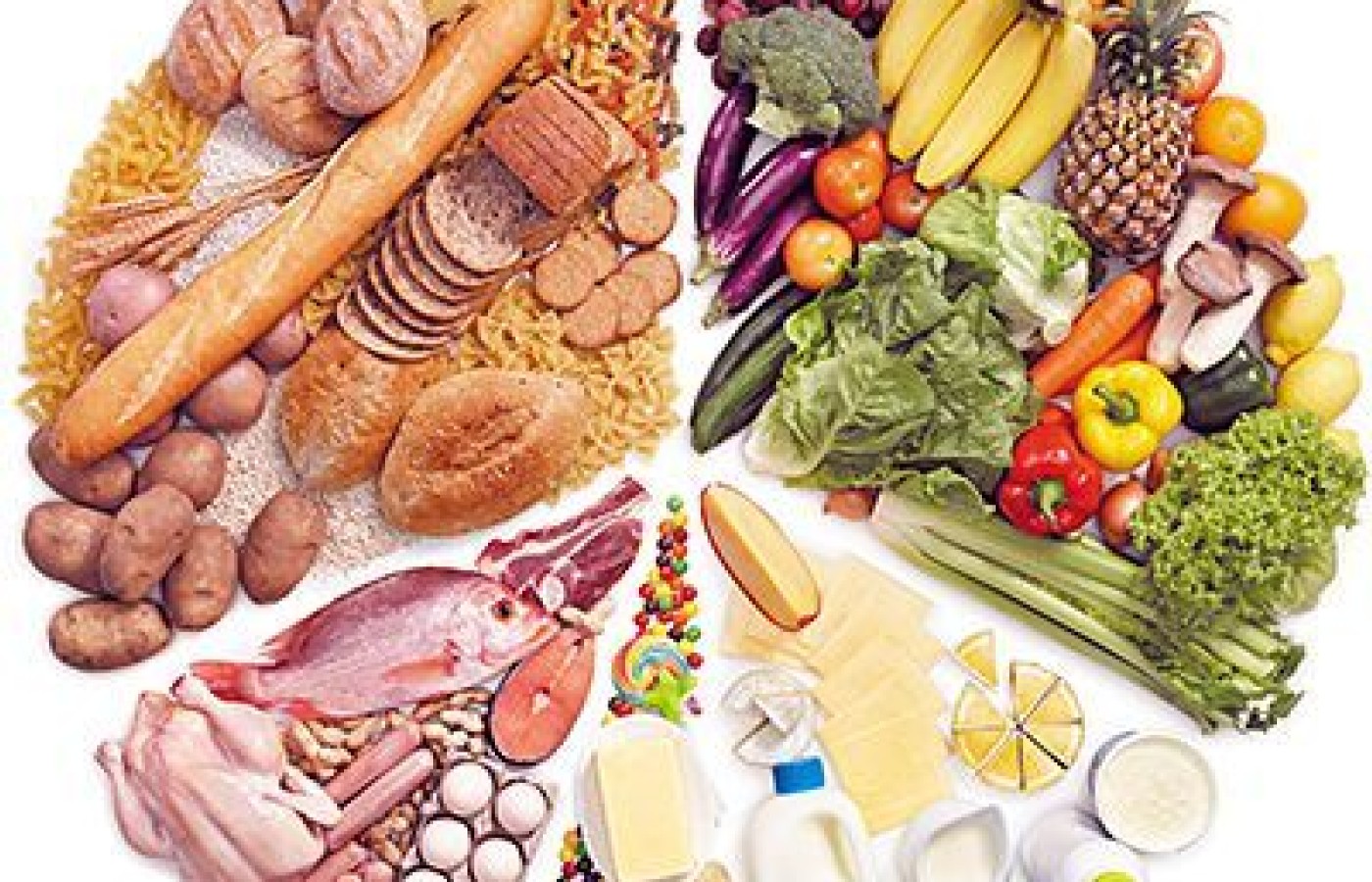You became a chiropractor to serve people, not an insurance company. You deserve to run a business that aligns with your values, supports your family and lights you up. Cash-based care isn’t just a pricing model – it’s a philosophy rooted in freedom, trust and respect for your patients and for yourself. Here's why - and how - to do it.
Sports Nutrition: Making the Right Recommendations to Patients
Participation in sports is a huge part of life in the United States. The number of runners alone has skyrocketed over the past 15 to 20 years. In 2012, 15.5 million people finished a road race, compared to only 5.2 million finishers in 1991. As chiropractors, many athletes will come to us not only for advice on how to improve performance, but also with questions about how to prevent injuries and aid in the recovery process. Chiropractic care can have an amazing benefit for these concerns, but when it is paired with appropriate dietary supplement and nutritional recommendations, the results your patients may realize can be amazing.

When considering supplement and nutritional recommendations, you have to first understand what the core priority of the recommendation is: performance or recovery. While the recommendations are certainly related, you must understand the motivation of your patient and develop the best recommendation with that motivation in mind. The challenge with supplements that are geared toward performance enhancement is the chance of a product, either knowingly or unknowingly, containing a banned substance.
Many times a product will have "too good to be true" results – and they usually are, as the product is "spiked" with one of the banned substances. You must ensure that you trust the source of the product you choose to recommend, especially when it comes to products geared for performance enhancement. To view the banned substance list, take a look at the World Anti-Doping Agency list, which you can find at: www.usada.org/substances/prohibited-list/. The NCAA and many other organizations also have lists of banned substances, so you much be certain, for the sake of your patient, that the supplements you choose and recommend to them would not disqualify them or ban them from future participation.
Due to the increased risk for providing an ingredient or item that is included on the banned-substances lists, I generally lean toward products that maximize recovery. This strategy generally works well, as athletes who can recover more fully, will have the ability to train and compete with higher intensity, and have a decreased chance of suffering injury during their participation. With that thought in mind, some options (which all have support in the scientific literature) include the following:
Protein and Carbohydrate
This is a common recommendation; the ratio should be four grams of carbohydrate for every one gram of protein. The timing of this 4:1 ratio drink is very important as well. It has been found that taking between 240 and 480 calories of a carbohydrate / protein mixture within 30 minutes of activity and then repeating every two hours for four to six hours has the largest impact on the amount of muscle glycogen storage. The total protein one should ingest varies by athlete, but should be in the range of 1.2 – 1.7 g/kg of body weight per day.
Creatine
This supplement has had its ups and downs in terms of reputation, but when the dust cleared it was shown to be very safe and should only not be used in high doses (3 to 5 grams a day) in those with pre-existing renal disease or those with risk of renal dysfunction. Studies have shown that creatine supplementation can increase both isokinetic and isometric strength during recovery from exercise. Good food sources of creatine include meat, especially wild game, free-range meats and wild-caught fish.
L-Carnitine
Carnitine is a nutrient the runs something termed the "fat shuttle." It helps the body to utilize fatty acids as a substrate for fuel, which should help athletes to have more available fuel during sports participation. The use of two grams of L-carnitine L-tartrate (LCLT) after resistance exercise can increase androgen receptor content, which may result in increased testosterone uptake. In other words, LCLT may help the testosterone you have be more effective. Additionally, this androgen receptor's up-regulation may promote recovery from resistance exercise. Meat (beef and pork) dairy products, avocado and asparagus (in low concentrations) can all provide carnitine.
Proteolytic Enzymes
The enzymes trypsin, chymotrypsin, lumbrokinase, serrapeptase, nattokinase and bromelain all belong to the proteolytic family of enzymes. Studies have pointed to their effectiveness in the reduction of swelling, pain and inflammation. There is still more to understand about the mechanism, but it is thought that the effect occurs via decreased prostaglandin-E2 (PG-E2) production, and a modulation of adhesion molecules and cytokine balance. Some of the best food options for proteolytic enzymes include pineapple and papaya.
Nitric Oxide Enhancement
The nitric oxide synthase (NOS)-dependent pathway is highly dependent on certain amino acids. The main precursor of nitric oxide (NO) is arginine; doses of 2 to 3 grams, three times a day, are generally recommended. The secondary donor in the NOS pathway is citrulline, and doses in the range of 2 to 15 grams have been found to be safe.
The primary mechanism of action when supporting nitric oxide is that of vasodilation, blood flow, platelet function and mitochondrial respiration. An important point to take away, though, is that the better trained an athlete is, the less positive effect is noticed with NO supportive supplementation. One of the best food sources of arginine is watermelon, but NO can also be found in legumes, meats and nuts.
Heat Shock Protein
Supporting this "molecular chaperone" can have amazing effects on an athlete's ability to recover. This protein is released in the body in response to stress and tissue damage, helping to facilitate the rapid recycling of any proteins that are damaged. Higher levels of heat shock protein (HSP) have been associated with higher levels of anti-inflammatory cytokines and decreased levels of the pro-inflammatory cytokines.
HSP has also been shown to be very responsive to training. As an athlete trains more, they develop higher levels of HSP. This may be one of the reasons that when someone first starts to train for an event, the first couple of weeks are always the hardest, because their body has yet to become efficient at recovery; while at the same time a higher-level athlete can train very hard day in, day out.
Fortunately, certain herbs have been shown to support the expression of this powerful protein, including cinnamon, Panax ginseng, curcumin, Schizandra and Lithospermum root (aka, purple gromwell or shikonin).
In addition to specific nutrition, it is important to remember that supporting foundational health is of the utmost importance in all athletes. Recommendation of adequate sleep and an anti-inflammatory diet will provide the base of health necessary to support what these aforementioned supplements can provide. Honestly, if your athletes / patients aren't getting enough sleep or eating appropriately, all the supplements in the world can't make up for the immense importance of an overall healthy lifestyle.
Without underlying good health, the body will not be apt or willing to focus the tremendous quantities of energy necessary to optimize performance. A body will be far more focused on healing a broken-down digestive system or providing rest to someone with a weary and stressed adrenal system, or working to heal from any number of chronic lifestyle-related health problems. Prior to making any of the athletic performance-specific recommendations, you must ensure your patients are healthy enough to glean the full benefit from the tremendous amount of time, dedication and effort it takes to improve performance.
If you have fully supported your patient and provided sound advice to support their athletic goals and endeavors, you may be surprised at what some seemingly simple recommendations can do for a budding athlete who is on the edge of making great strides.



